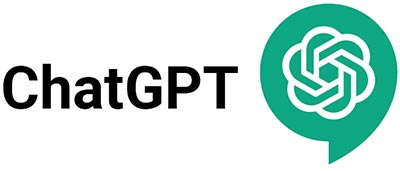OpenAI presents o3 and o4-mini: Faster, smarter, and safer AI models
OpenAI has recently introduced its latest models, OpenAI o3 and o4-mini. These models represent the most advanced and capable models of the o-series, offering improved reasoning abilities before responding to queries. They provide full access to ChatGPT’s tools and enable multimodal thinking and problem-solving, including web search, image generation, and data analysis with Python.
Key changes
OpenAI o3 is the most powerful model in the series, surpassing its predecessors in several academic benchmarks. It excels particularly in complex tasks in the fields of programming, mathematics, and visual perception. It makes 20% fewer major errors than the o1 model. Early testers highlight its precise analytical abilities in areas such as biology, mathematics, and engineering. OpenAI o4-mini, a smaller model, offers fast and cost-efficient reasoning with remarkable performance relative to its size. With an impressive performance in the AIME 2025 exams and a high utilisation capacity, it is ideal for tasks that benefit from quick thinking.
Cost-benefit ratio
The new models not only offer higher intelligence but also better efficiency compared to previous models. OpenAI o3 and o4-mini deliver superior performance at a lower cost factor, making them particularly attractive for developers and companies.
Improved security
With advanced security measures and a revised security database, o3 and o4-mini are better equipped to respond to potential threats. They have achieved excellent results in internal tests and feature system-wide safeguards to detect dangerous inputs.
Codex CLI: An experimental feature
OpenAI also introduces the new Codex CLI, a lightweight coding tool that runs directly in the command line. It utilises the capabilities of the o3 and o4-mini models and offers seamless integration of multimodal thinking and code execution. Codex CLI is fully open-source and available on GitHub.
Accessibility and availability
ChatGPT Plus, Pro, and Team users now have access to the new models. Enterprise and Edu users will follow shortly. Developers can access the models via the Chat Completions API and the Responses API. More information can be found in the API documentation.
Outlook
The new models aim to combine the specific reasoning abilities of the o-series with the natural conversational abilities of the GPT series. This will lead to models in the future that support seamless, natural conversations while enabling proactive tool usage and advanced problem-solving. Further details and a comparison of the new models can be found in the following OpenAI post.
